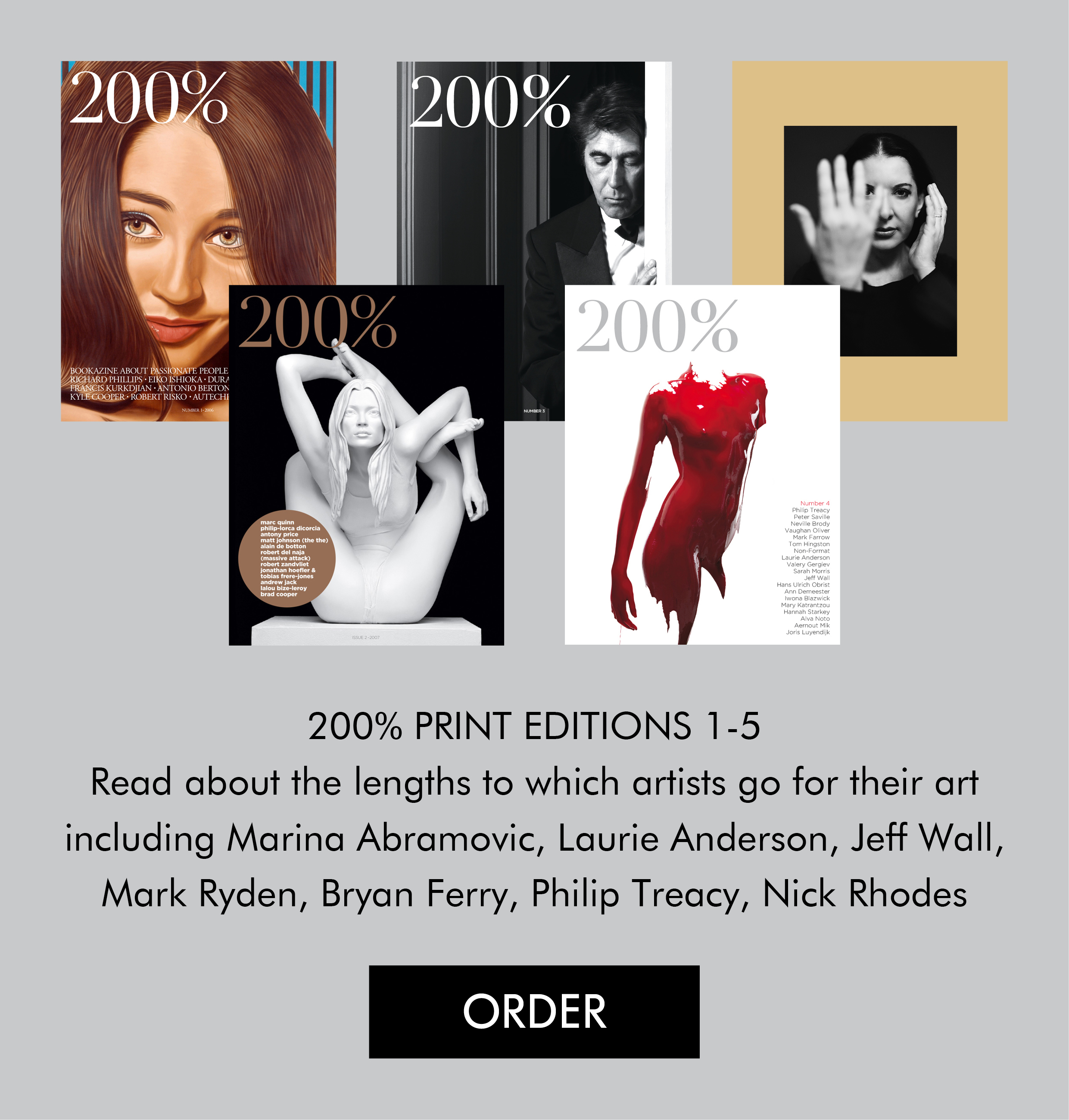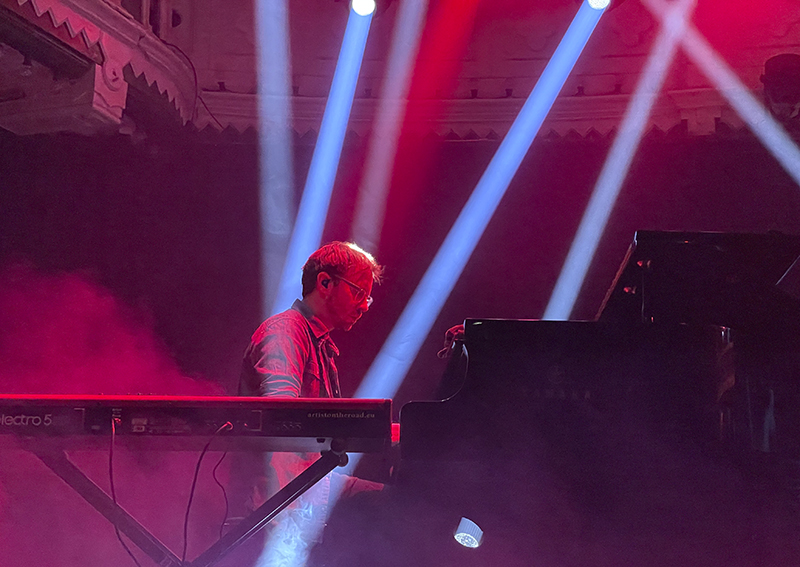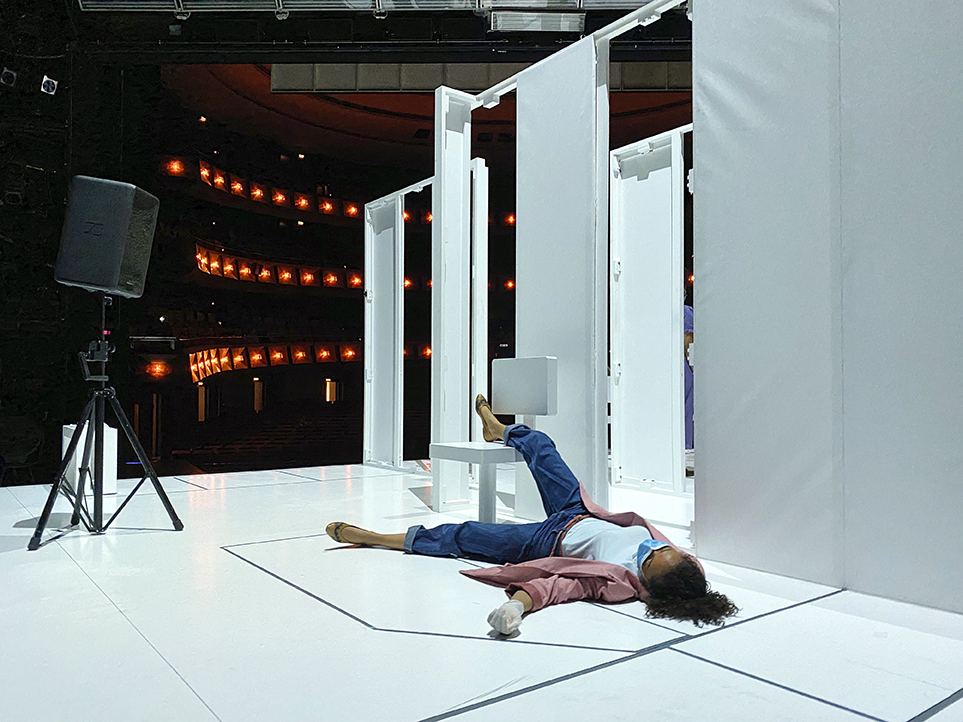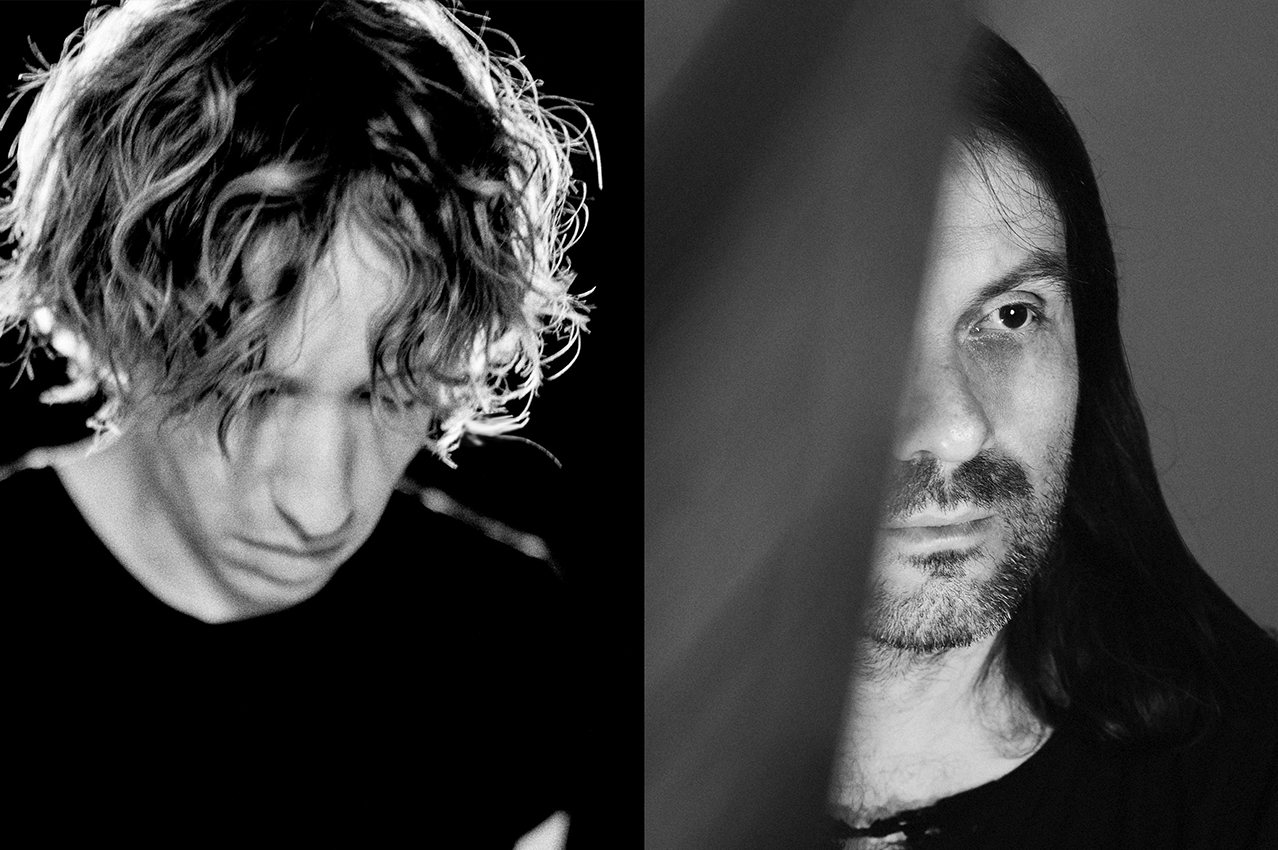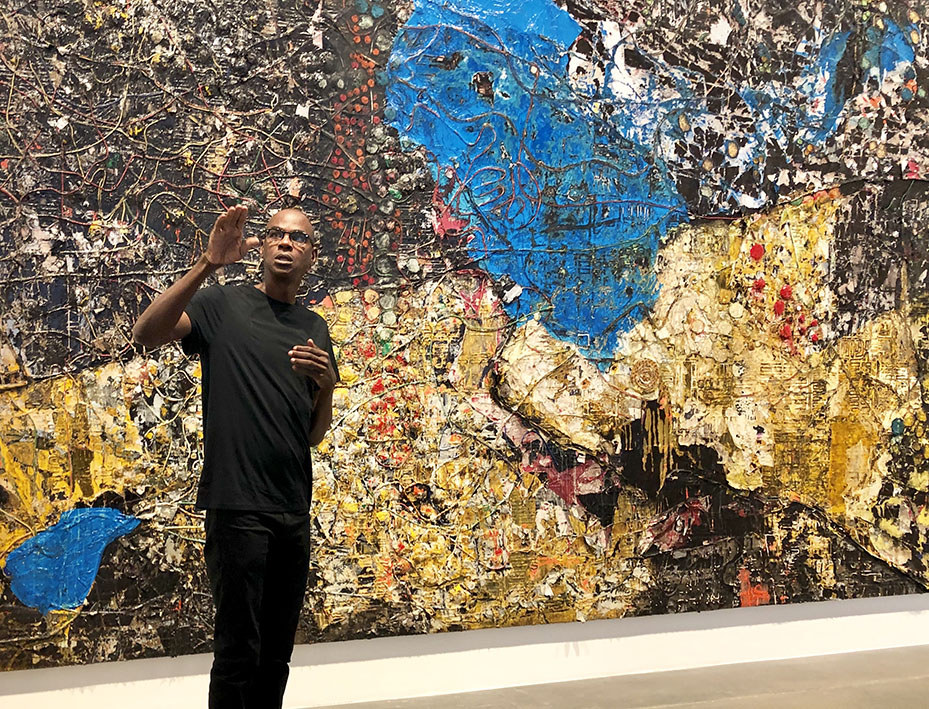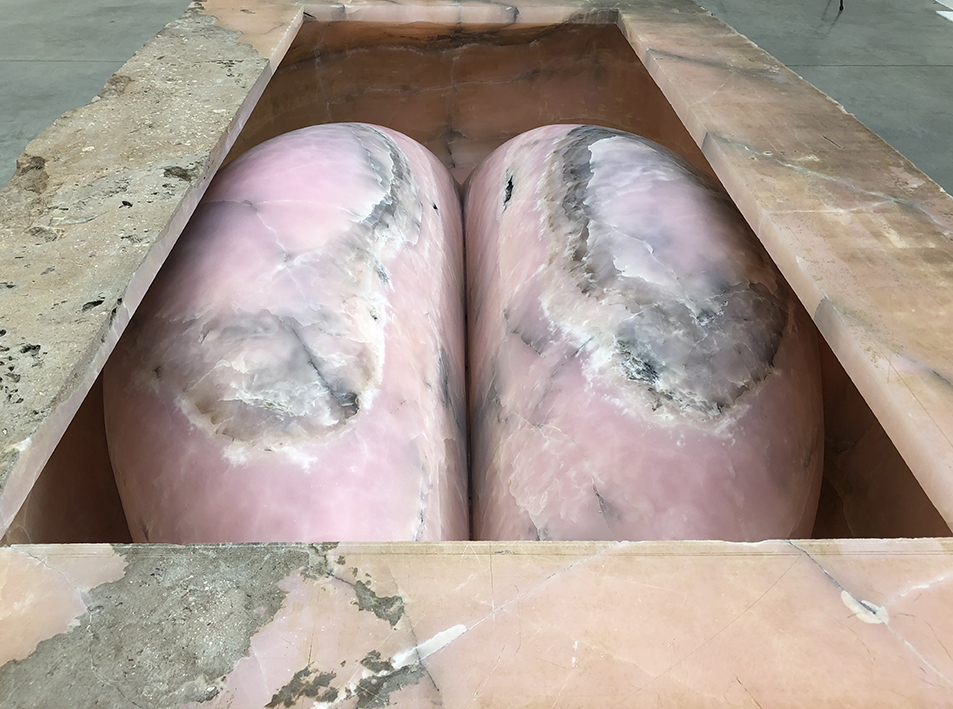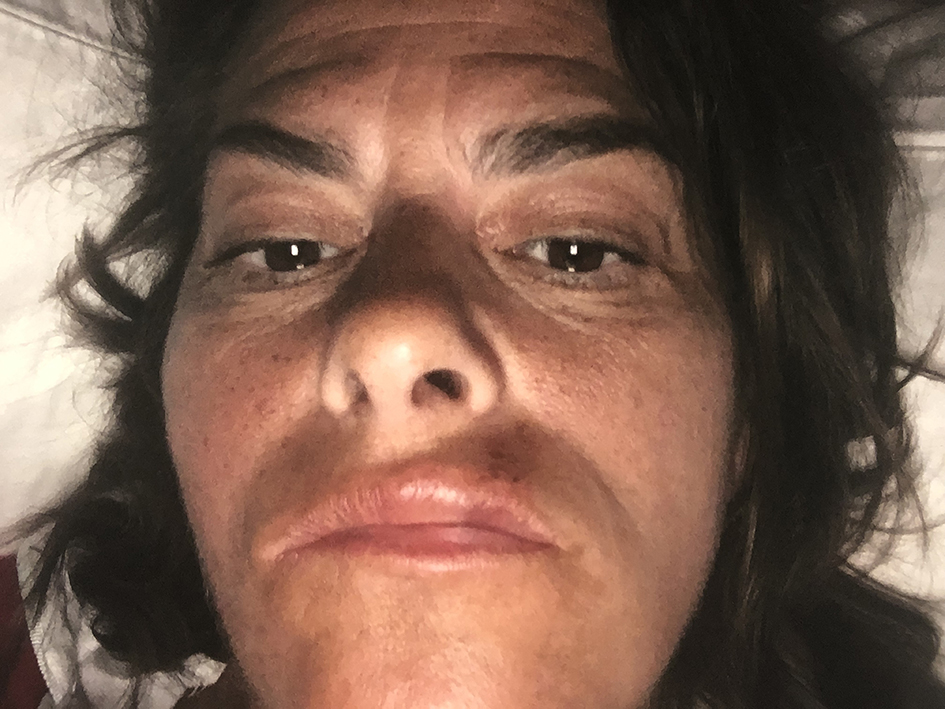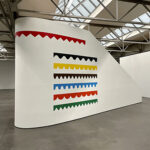 Halfway through the Taylor Wessing Photographic Portrait Prize 2011, held at the National Portrait Gallery in London, I was double checking my ticket to confirm I was at the correct event and not actually attending a World Press Photo exhibition.
A picture of a sergeant near a coffin providing care for the bodies of his colleagues killed during active service, or a picture of a deliberately disfigured Afghan woman are just a few examples of the gloomy, probing, emotionally gripping stories behind pictures that one would expect from a World Press Photo exhibition dedicated to quality photojournalism.
This mood was not conveyed by the promotional material of the exhibition, which featured Keira Knightley (beautifully photographed, in a pose reminiscent of a renaissance painting) – presumably to draw in the crowds.
The exhibition also included pictures of other celebrities: Dolly Parton and the football player Peter Crouch, not photographed as shiny happy people but rather in mournful, contemplative poses.
Don’t get me wrong, I have no aversion to an exhibition drenched in melancholia (after all there is fiction into drama), but I do have an aversion to cliché. Pictures of people whose bodies are covered in tattoos, two elderly red haired twins who live their lives as one (finishing each other’s sentences and dressing in identical outfits) or a couple with unconventional sexual preferences don’t, for me, excel as a surprising choice of subject matter.
Another déjà vu moment was Darren Hall’s ‘Old Truman Brewery/Claudia’. The photographer wanted to study “ideas of the individual within a crowded urban context and how a single face in the crowd can stand out”.
In the rich tradition of street photography by the likes of Robert Frank, Henri-Cartier Bresson or W. Eugene Smith, the next generation of photographers such as Jeff Wall and Philip-Lorca diCorcia wanted to bring new ideas into street photography. ‘Mimic’ (1982) by Wall is a picture of a white man making a slant-eyed gesture at an Asian man walking next to him. In the fourth issue of 200%, Wall labeled this type of photography “imitation snapshot realism”, where he staged the scene to address racism and hostility on the street.
Halfway through the Taylor Wessing Photographic Portrait Prize 2011, held at the National Portrait Gallery in London, I was double checking my ticket to confirm I was at the correct event and not actually attending a World Press Photo exhibition.
A picture of a sergeant near a coffin providing care for the bodies of his colleagues killed during active service, or a picture of a deliberately disfigured Afghan woman are just a few examples of the gloomy, probing, emotionally gripping stories behind pictures that one would expect from a World Press Photo exhibition dedicated to quality photojournalism.
This mood was not conveyed by the promotional material of the exhibition, which featured Keira Knightley (beautifully photographed, in a pose reminiscent of a renaissance painting) – presumably to draw in the crowds.
The exhibition also included pictures of other celebrities: Dolly Parton and the football player Peter Crouch, not photographed as shiny happy people but rather in mournful, contemplative poses.
Don’t get me wrong, I have no aversion to an exhibition drenched in melancholia (after all there is fiction into drama), but I do have an aversion to cliché. Pictures of people whose bodies are covered in tattoos, two elderly red haired twins who live their lives as one (finishing each other’s sentences and dressing in identical outfits) or a couple with unconventional sexual preferences don’t, for me, excel as a surprising choice of subject matter.
Another déjà vu moment was Darren Hall’s ‘Old Truman Brewery/Claudia’. The photographer wanted to study “ideas of the individual within a crowded urban context and how a single face in the crowd can stand out”.
In the rich tradition of street photography by the likes of Robert Frank, Henri-Cartier Bresson or W. Eugene Smith, the next generation of photographers such as Jeff Wall and Philip-Lorca diCorcia wanted to bring new ideas into street photography. ‘Mimic’ (1982) by Wall is a picture of a white man making a slant-eyed gesture at an Asian man walking next to him. In the fourth issue of 200%, Wall labeled this type of photography “imitation snapshot realism”, where he staged the scene to address racism and hostility on the street.
 For his ‘Heads’ series (2000-2001) Philip-Lorca diCorcia photographed anonymous people in the crowd of Times Square in New York City. He was interested in studying not whether all people are different but rather whether all people are the same. The series also deals with the fact that there is no expectation of personal privacy in a public places as most cities are littered with street level surveillance cameras. The label next to ‘Claudia’ identifies that issues such as privacy or racism were not on Hall’s mind for his picture: “It also incorporates the immediate physical environment and the effect fleeting and often unnoticed natural light has upon both architecture and subject.”
The jury awarded the first prize to ‘Harriet and Gentleman Jack’, a photograph by Jooney Woodward of a red haired girl holding her pet guinea pig. Like most of the portraits in this exhibition, it’s a skillfully photographed portrait, but it just seems that the next generation of photographers, together with this year’s jury of the Photographic Portrait Prize are not as preoccupied as Wall and Lorca diCorcia at taking the medium of photography to the next level.
Now that’s something about which to be gloomy.
Written by Thierry Somers with a contribution of Louis Warner
Picture (above): Darren Hall, Old Truman Brewery/Claudia, 2011, © Darren Hall
Picture (middle): Philip-Lorca diCorcia, Head #06, 2001, Fujicolor Crystal Archive print, 48 x 60 inches (121.9 x 152.4 cm), © Philip-Lorca diCorcia
Picture (below): Jooney Woodward, Harriet and Gentleman Jack, 2011, © Jooney Woodward
Taylor Wessing Photographic Portrait Prize 2011, National Portrait Gallery, London, 10 November 2011 – 12 February 2012
For his ‘Heads’ series (2000-2001) Philip-Lorca diCorcia photographed anonymous people in the crowd of Times Square in New York City. He was interested in studying not whether all people are different but rather whether all people are the same. The series also deals with the fact that there is no expectation of personal privacy in a public places as most cities are littered with street level surveillance cameras. The label next to ‘Claudia’ identifies that issues such as privacy or racism were not on Hall’s mind for his picture: “It also incorporates the immediate physical environment and the effect fleeting and often unnoticed natural light has upon both architecture and subject.”
The jury awarded the first prize to ‘Harriet and Gentleman Jack’, a photograph by Jooney Woodward of a red haired girl holding her pet guinea pig. Like most of the portraits in this exhibition, it’s a skillfully photographed portrait, but it just seems that the next generation of photographers, together with this year’s jury of the Photographic Portrait Prize are not as preoccupied as Wall and Lorca diCorcia at taking the medium of photography to the next level.
Now that’s something about which to be gloomy.
Written by Thierry Somers with a contribution of Louis Warner
Picture (above): Darren Hall, Old Truman Brewery/Claudia, 2011, © Darren Hall
Picture (middle): Philip-Lorca diCorcia, Head #06, 2001, Fujicolor Crystal Archive print, 48 x 60 inches (121.9 x 152.4 cm), © Philip-Lorca diCorcia
Picture (below): Jooney Woodward, Harriet and Gentleman Jack, 2011, © Jooney Woodward
Taylor Wessing Photographic Portrait Prize 2011, National Portrait Gallery, London, 10 November 2011 – 12 February 2012


